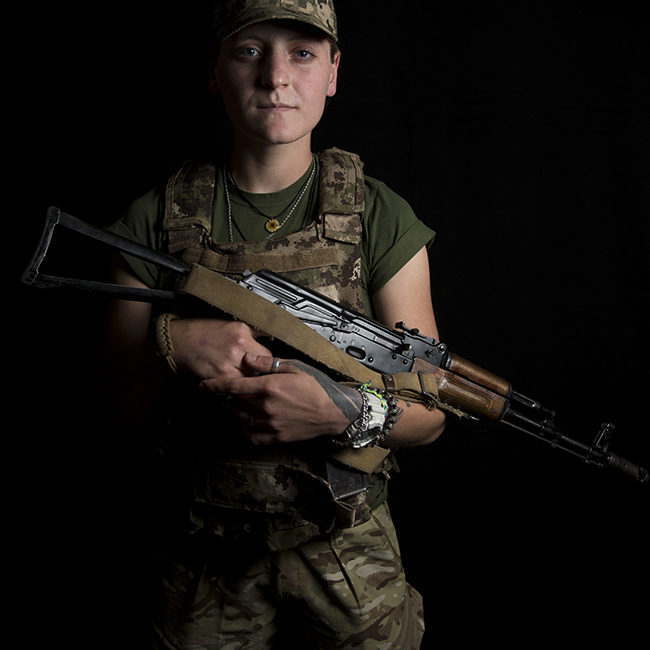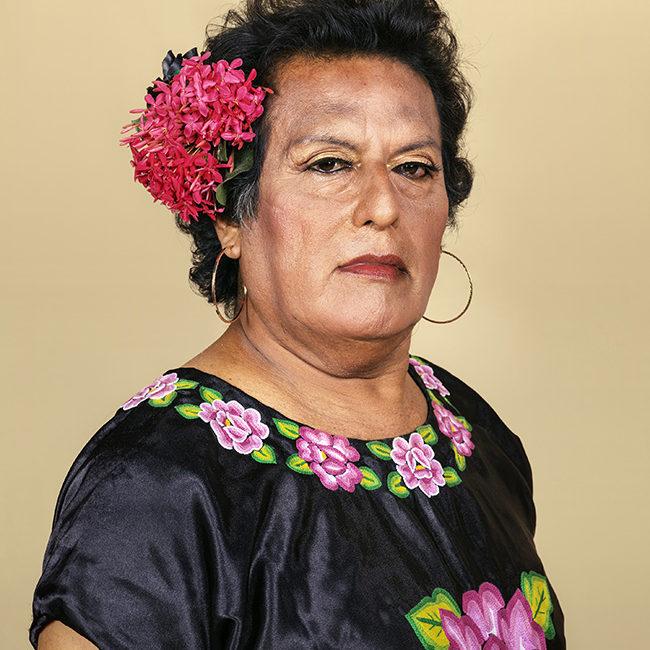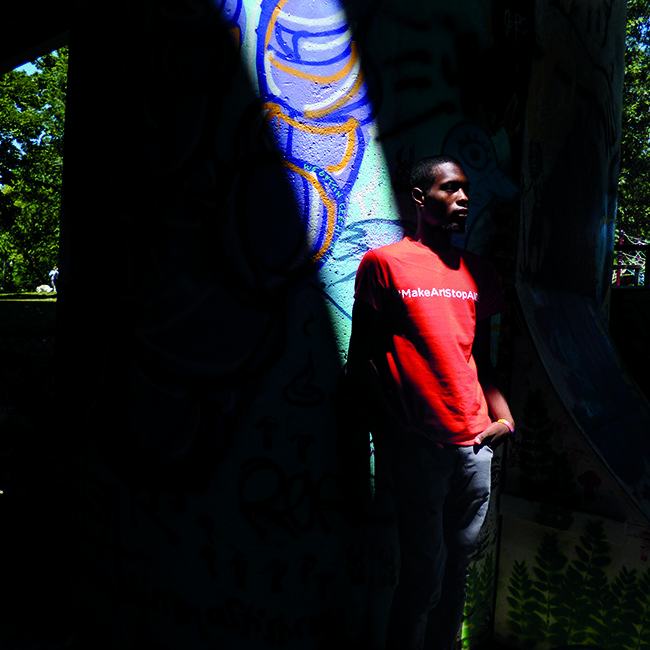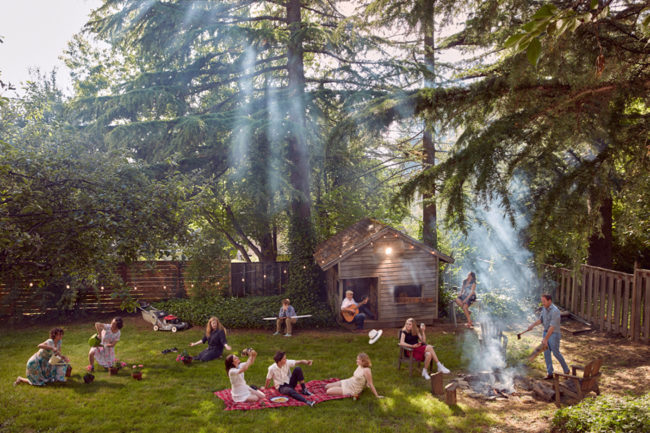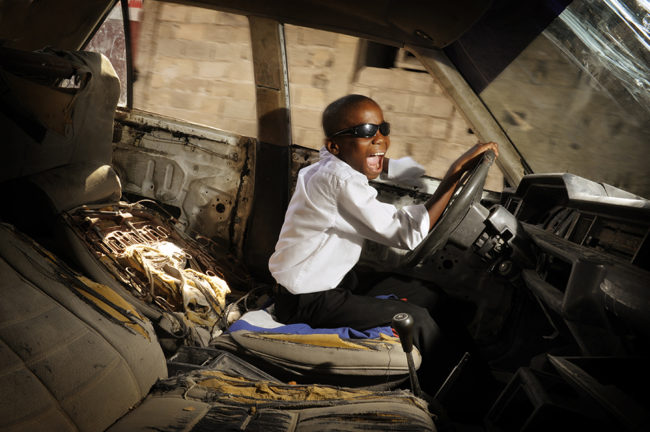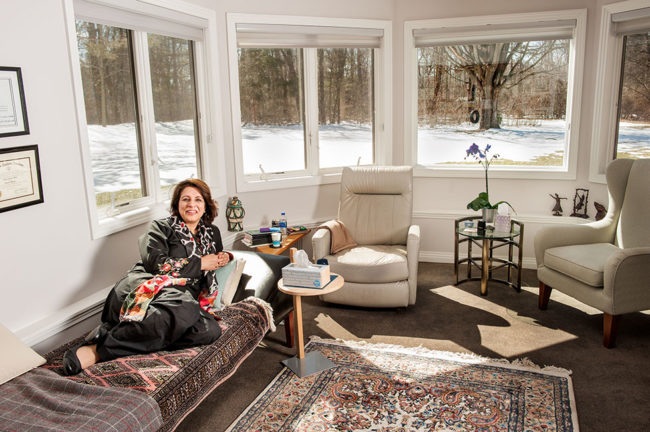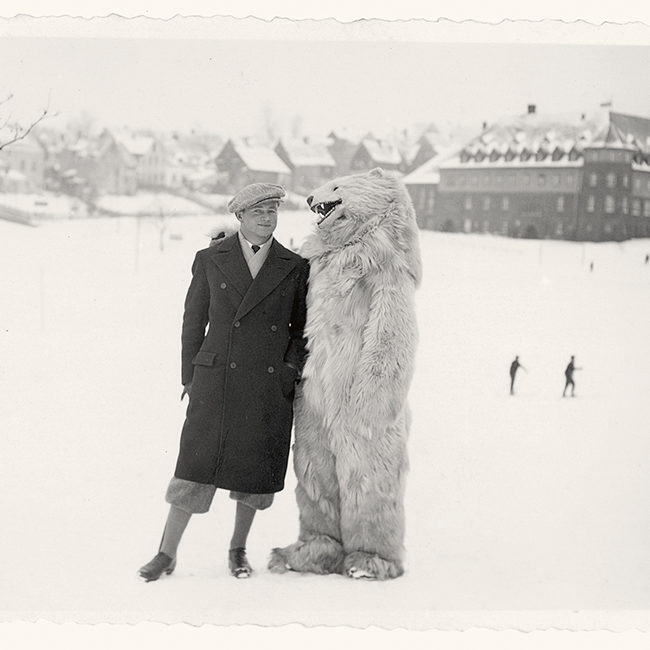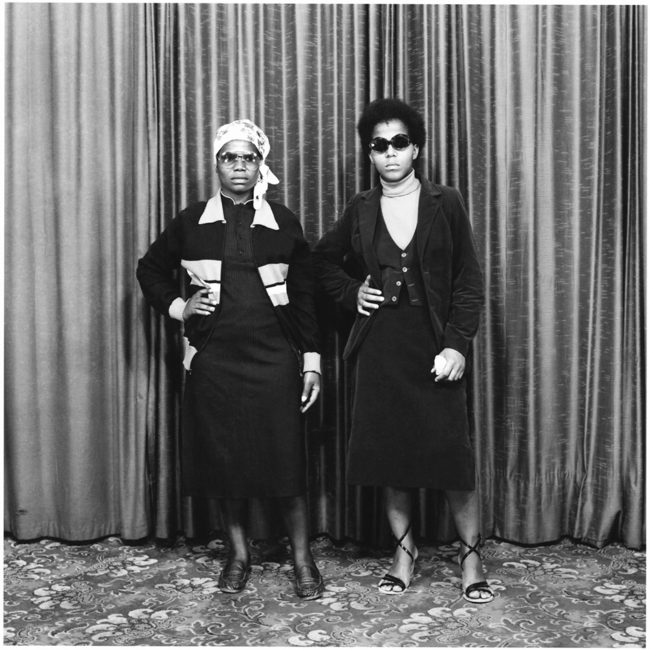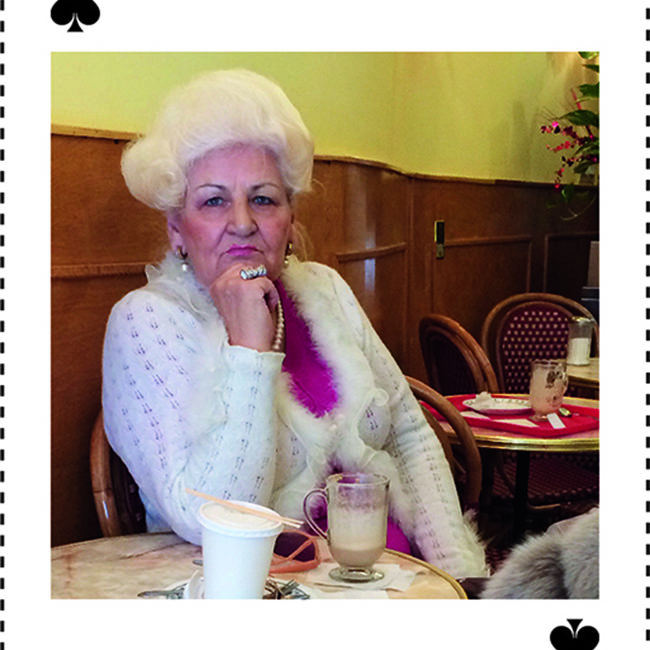For her series “The Moroccans,” Leila Alaoui set up a portable studio in communities all over the country, from the Sahara to Tangier, photographing in markets and other public places. On view at La Maison Européenne de la Photographie starting November 12 (as part of the Première Biennale des Photographes du Monde Arabe), the life-sized prints offer a startlingly rich view of the Moroccan people, pictured isolated against a black background and lit by an even, frontal light that emphasizes the bright color of their often-traditional clothing. In her photos, men, women and children, Arab and Berber, wear kaftans and djellabas, elaborate head pieces and scarves. A water carrier with multi-colored head gear carries the metal cups that announce his presence; a man poses with a snake; a woman holds a string of beads and a handful of cards. Alaoui says she photographed anyone who showed up at her studio or was interested in the project. “Sometimes if I see interesting faces walking by, I run after them and try to convince them to do a photo. But they usually don’t accept,” she has said.
Alaoui, who is French-Moroccan, was born in Paris and studied photography in New York before beginning the first of several projects about life in Morocco, often focusing on the pressures of migration. She sees “The Moroccans” as a corrective to the usual ways the country is portrayed by “photographers using the culture – particularly elements from native costume and architecture – to construct their own fantasies of an exotic “other” world,” she writes in a statement. “Foreign photographers often depict Westerners in Morocco when they want convey glamour or elegance, while framing local people rustic or folkloric, reiterating the patronizing gaze of the Orientalist.” She cites Richard Avedon’s late series “In the American West,” in which he photographed drifters and ranch hands in relentlessly sharp detail against his signature white back ground, as a model for her own series. Avedon, she writes, “portrays his subjects as empowered and glamorous, drawing out the innate pride and entitlement of each individual person.” Like him, she hopes to capture a culture with strong ties to the past before it is homogenized into oblivion, making a “visual archive of the Moroccan traditions and aesthetics now disappearing with globalization.”
Related Stories:
